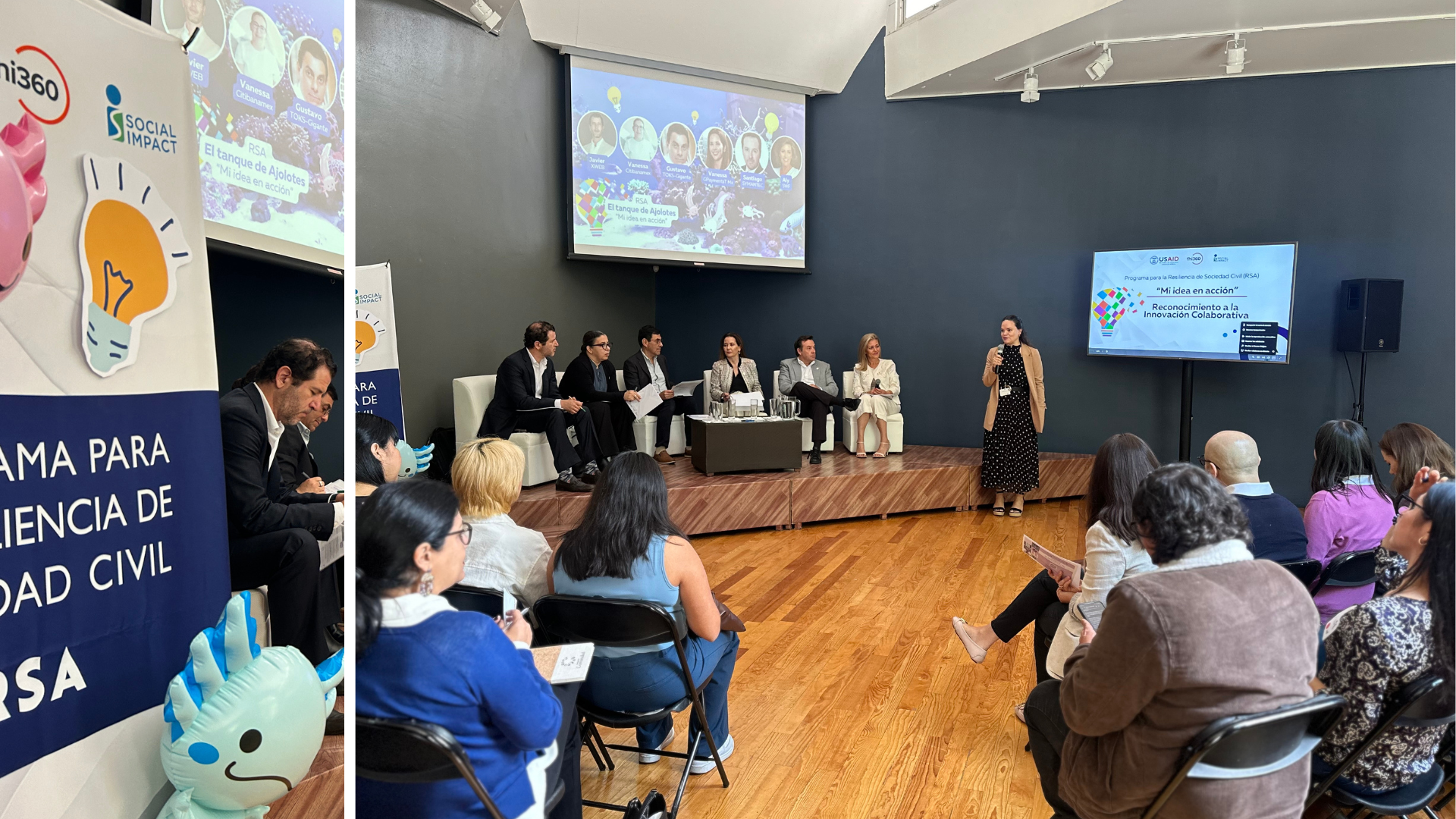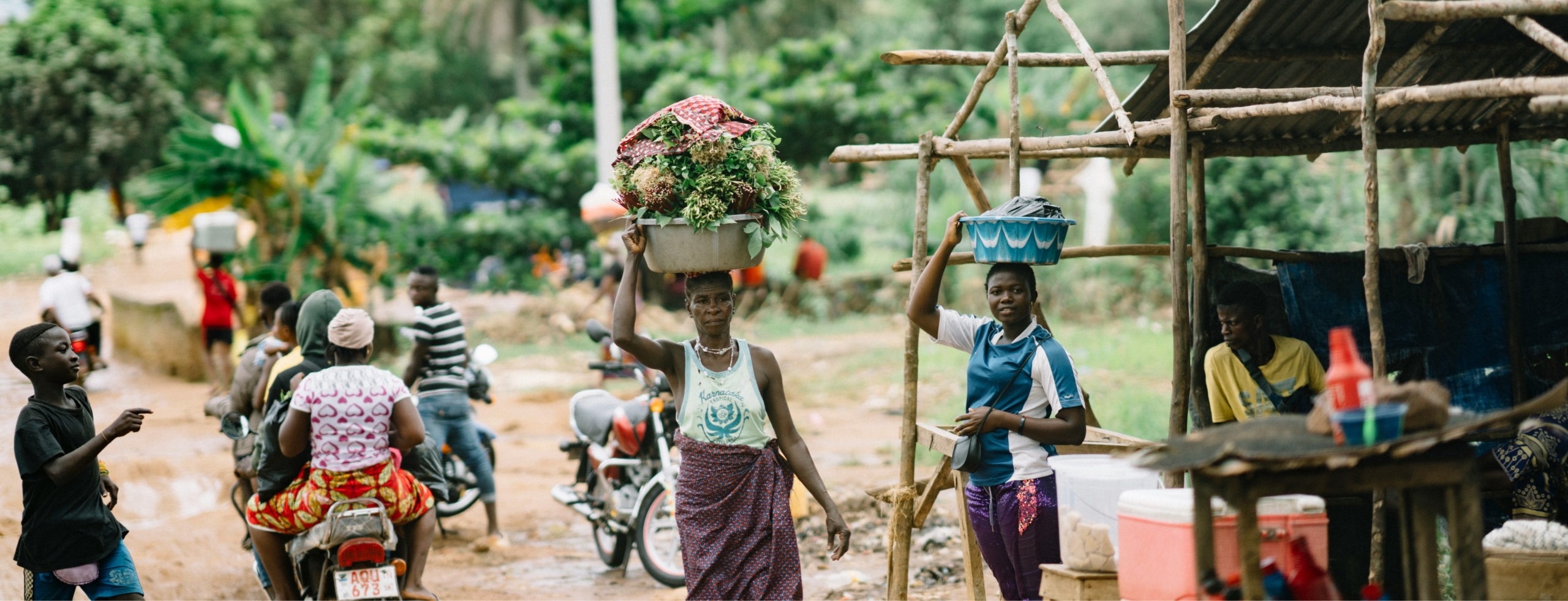Long before discussions of USAID and State Department mergers and budget cuts, USAID launched the “doing development differently” initiative to look at “how to make development aid more responsive and effective.” In line with this effort, USAID strengthened efforts to engage democracy, human rights or governance (DRG) principles or practices to further program results in other technical sectors through DRG integration.
Social Impact researched just how this is working in Guatemala. We found rule of law projects that helped improve wildlife conservation. We identified education projects that work to increase civic engagement and address issues of gender and youth beyond the traditional classroom. There are challenges to DRG integration, but USAID/Guatemala is a good example to study.
Background
Guatemala, a small but resource-rich country with a rapidly growing population, of over 16 million people, is the largest in the region. Despite its natural resource diversity, Guatemala is one of the least-developed countries in the hemisphere. Economic inequality is characteristic of the country, affecting rural and indigenous populations, whom often lack economic and educational resources. Social services receive minimal investment from the government, which is widely considered to be corrupt and intransigent. Through its Country Cooperation Development Strategy 2012-2016, USAID/Guatemala sought to address Guatemala’s development challenges through a fully integrated approach. Its overarching goal was to create a more secure Guatemala which fosters sustainable management of natural resources and greater social-economic development. The strategy focused on the Western Highlands and Petén region to produce a highly-integrated, multi-sector portfolio.
Guatemala DRG Case Study
In December 2015, the Social Impact case study team investigated and assessed the factors and processes that enabled or constrained DRG integration at the mission and at project levels. We looked at the extent to which cross-sectoral approaches are producing development results. We identified which aspects of DRG integration approaches are most promising for planning future programs.
Case Study Methodology
The case study team conducted individual and group interviews with various mission offices, project implementers, and beneficiaries. In an effort to cover programs that had been less studied, the team traveled to Petén to assess DRG integration within a Security and Justice project which addresses environmental governance issues. To obtain a broader lens of DRG integration the case study team interviewed implementers and beneficiaries of education and youth development projects within Guatemala City, as well as implementers of the Western Highlands Integrated Program (WHIP).
What did we find?
The case study team concluded that USAID/Guatemala is a leader in integration and has a robust institutional culture supportive of the endeavor. Some specific examples include:
- The Leer y Aprender education project incorporates civic engagement into a literacy program.
- USAID/Guatemala advances rights-based approaches to social services for women and youth through the Nexos Locales local government strengthening project.
- The interventions of a Rule of Law program in Guatemala’s Maya Biosphere helped roll back impunity for precious timber and wildlife traffickers.
- In Petén, the Security Justice and Reform Project successfully advocated for the creation of an Environmental Crimes Court and for reinstating the Office of the Environmental Prosecutor. The new court prosecuted a prominent corporation for toxic leakages in a local river and used the “precautionary principle” to order a halt to the corporation’s activities. The court also collaborated with an animal rescue shelter (ARCAS) and used rescued fauna as evidence to arrest and convict several traffickers.
- The Western Highlands Integrated Program (WHIP), while not a DRG integration project, does provide concrete examples of the benefits and challenges of increasing collaboration and coordination across technical sectors. USAID “Partners have established a highly cooperative environment, with USAID-funded activities working together toward a common goal.”
Nevertheless, the case study confirmed that integration has no cookie-cutter approaches or solutions. Cross-sectoral integration strategies must be formed on a case-by-case basis. Similarly, incentives and opportunities for integration must be tailored to fit specific objectives in country contexts. Given that Guatemala is a regional mission, its strategy for DRG integration will need to be adapted to its Central American neighbors and country offices. Finally, regardless of case study results, successful integration must be led by concerned stakeholders at all levels, rather than pushed as an agenda from above.








